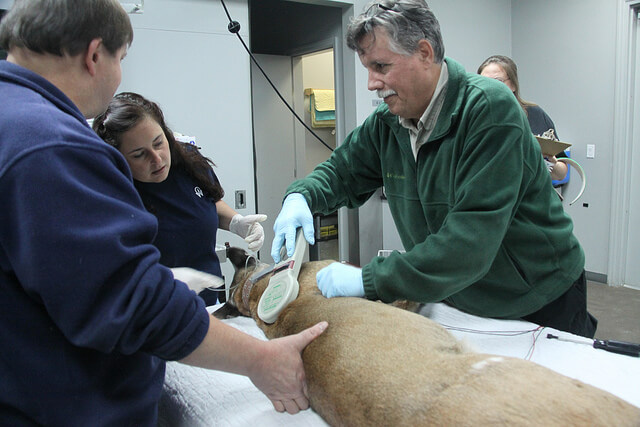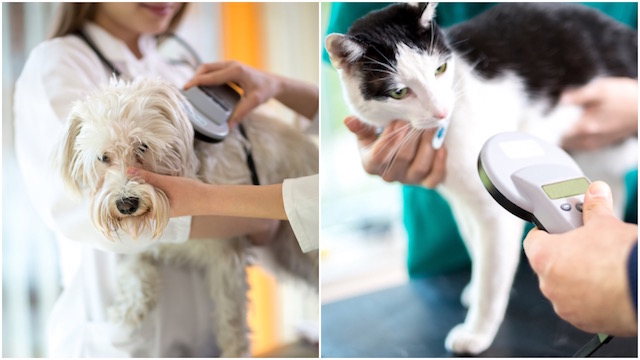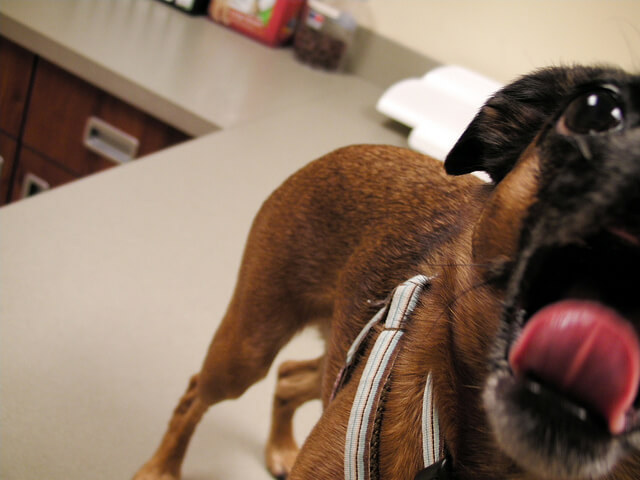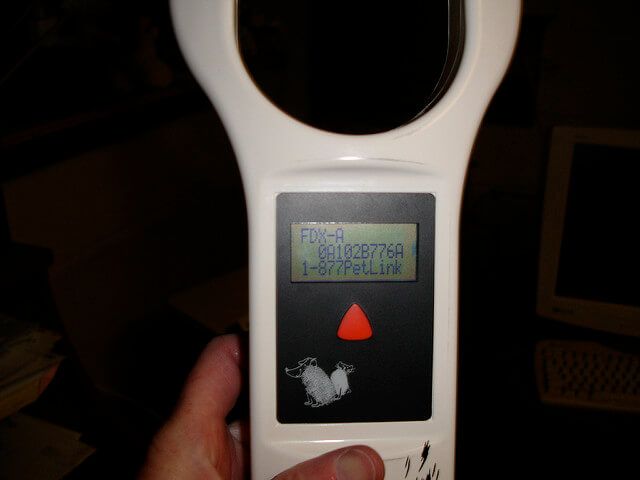Microchips have become a standard addition to a healthy dog’s early veterinary routine. It is recommended that puppies and shelter dogs receive vaccines, heartworm testing, flea and heartworm medication, spay or neuter surgery and a microchip during their first year. Just like any technology, these chips sometimes fail. Despite their shortcomings, missing dogs with microchips are 30% more likely to be reunited with their owners than those without.

Microchips are tiny bioglass-coated cylinders that use radio frequency technology to connect pets to their owner’s information. They are not GPS devices that track your pet’s location, and they do not contain all your pet’s information inside the chip. They function by encoding a unique series of numbers that can be detected by a scanning device.

August 19 is National Check the Chip Day where owners are encouraged to bring pets to their local vet or shelter for a quick scan. If you missed it, never fear: most animal care facilities welcome pet owners to come by for a free scan any time during regular business hours or simply ask for a check at your next scheduled visit.

Microchips are usually implanted between the large muscle groups of the shoulder area. They are designed to stay in place for the life of the pet, but issues like muscle wasting can cause them to migrate to other areas of the body. When a veterinarian or staff member scans for a chip, they run the device all along the animal’s back and sides in case of migration.

According to the American Veterinary Medical Association (AVMA), there are several reasons that a microchip may fail. The most common is incorrect owner information – or no information at all – in the microchip registry database. If your dog has a chip, make sure it is registered to you, not the rescue group or previous owner, and that your contact and emergency information is completely current.

Other causes of microchip failure are simple implantation errors. The needles used to inject the microchips are relatively large. If the animal is wiggly enough during or immediately after implantation, it is possible for the tiny chip to slide out of the opening in the skin before it scabs over. This is why vets and rescue staff always scan pets several times after implantation!

There could also be mixups with the documentation forms if several animals are being chipped at once. My dog, Finch, was rescued in a raid on a backyard breeding operation. While microchipping all eight dogs, the rescue group mixed up my dog’s registration with another pup’s.
About a year later I received a call saying that my dog had been found several towns away. Luckily, I brought Finch to work with me that day so I knew he was safe! We quickly determined that it must be one of the other seven dogs and the correct family was located.

More commonly, microchip failure occurs as a result of varying frequencies of the radiowaves given off by the microchip scanner. Different microchips may operate at 125 kiloHertz (kHz), 128 kHz, or 134.2 kHz. If a particular scanner is designed to pick up one frequency, it may fail to detect chips at other frequencies.

Universal scanners are designed to read chips at any frequency, but not all facilities have them. In order to remedy this problem, the International Standards Organization (ISO) has approved a global standard of 134.2 kHz for microchips to create worldwide consistency. You can learn more about ISO chips and universal scanners from this AVMA microchip Q and A.
Featured Image via Flickr | flickrized

